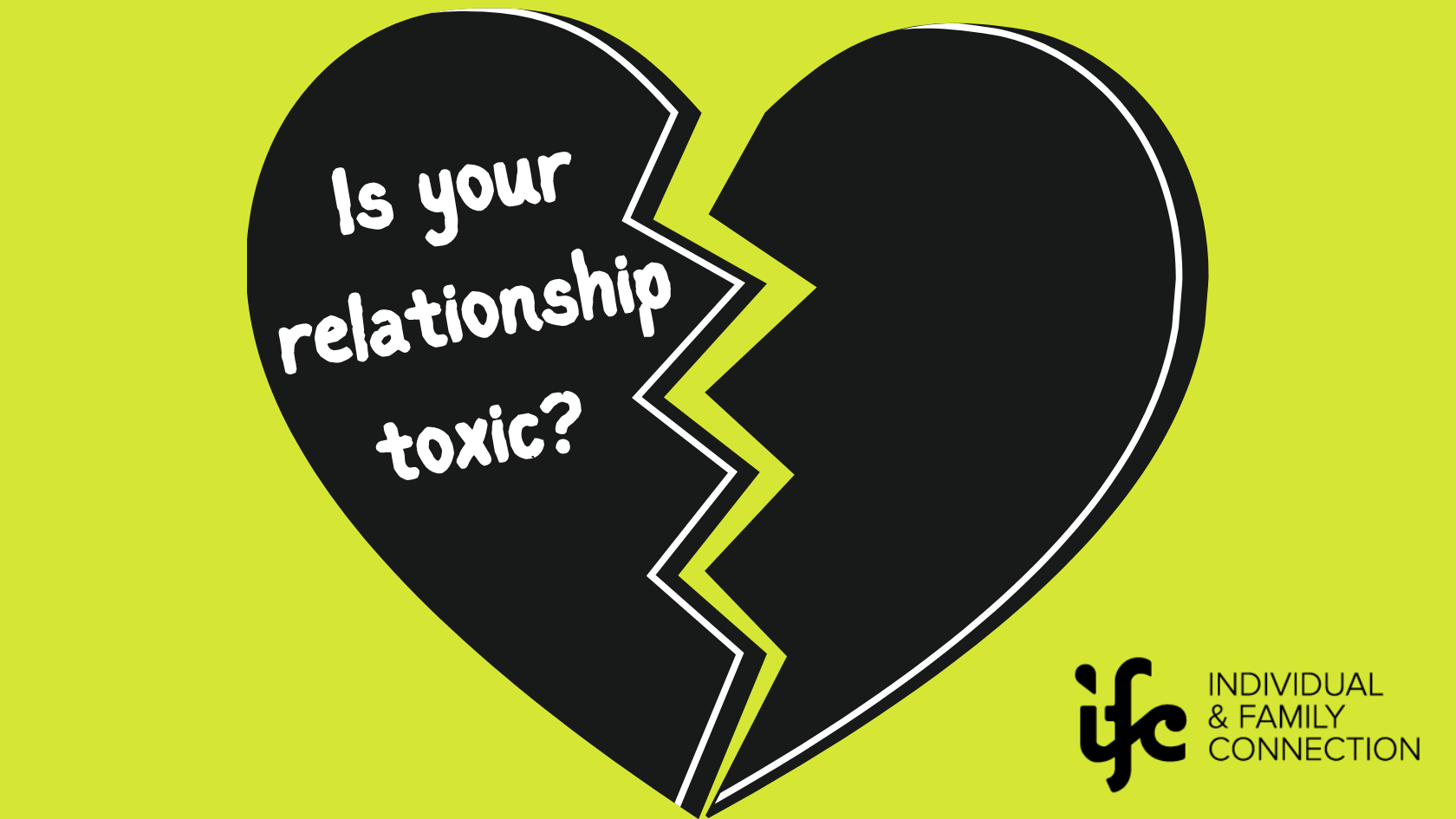If you are new to dating and in the beginning stages of a relationship, there is likely so much excitement surrounding this new experience. A relationship’s first few weeks or months can be called the ‘honeymoon phase,’ as everything feels perfect and joyous. During this time, partners feel very connected and enjoy spending time together frequently. All of the good times feel great.
Dopamine released in our bodies, which can produce lust and attraction, can significantly influence the infatuation one experiences early in a relationship. This stage also leads individuals to focus more on the positives, things they have in common, and avoiding conflict. However, what kind of conflict or toxic traits could you overlook in this new relationship? How do you know when the relationship has gone sour?
Below you will find listed traits and solutions to strengthen your ability to identify if toxicity exists in your relationship.
1. Toxic Communication
Sometimes the stark difference in communication can be evident if you go from communicating constantly to hardly at all. However, some forms of toxic communication can be more subtle. Individuals should note if their partner’s communication style changes depending on their moods and the language they use in those moments. Your once very sweet partner is now becoming more aggressive, demeaning, or disrespectful in conversation. Often, you might leave a conversation feeling frustrated, unheard, or belittled; this can indicate that the communication no longer stems from a place of mutual respect. Toxic communicators also often withhold communicating entirely until they feel ready or have gotten their way. It may also become challenging to receive acknowledgment of their treatment through an apology or admission of tone. It is important to identify how your partner handles themselves in various scenarios. You should also discuss how each partner would prefer feelings, needs, and concerns to be shared.
2. Jealousy
Oftentimes jealousy can be misconstrued as positive affection in the form of caring. Individuals can disguise this toxic emotion through statements reflecting their mistrust or insecurity. In extreme cases, jealousy can be the driving force of physical altercations. Jealousy in a relationship creates discomfort and limits that typically only benefit one partner. The emotion itself is very common for an individual to experience occasionally. The concern is when it becomes a constant issue within the relationship. Individuals can avoid this toxic trait by sharing their feelings through open communication and mutually compromising when needed. It is also fair to set firm boundaries to curb mistrust and suspicion either with your partner or outside individuals.
3. Controlling Behaviors
An essential aspect of any healthy relationship is the ability to have free will and autonomy over one’s life. Finding yourself in a relationship where the ability to make your own decisions is not allowed could be a sign that the relationship has become toxic. Frequently this behavior is not recognized right away, as the control can begin with minor things that seem inconsequential. Until a partner becomes aware of how limiting or concerned they are about how their significant other will react to their decision. It is important to discuss expectations in a relationship and come to an agreement that both are content with. It is also imperative that an individual in any relationship can decide things for themselves and speak up when they disagree with how things are.
4. Dishonesty
Occasionally deeply associated with the other toxic traits listed above, dishonesty is the inability to be truthful with an unsuspecting partner. Individuals who find themselves lying to cover things up or avoid issues with their partner must come to terms with this unhealthy behavior. Healthy relationships thrive off of the ability to speak openly and freely without fear of repercussion or judgment. Ideally, partners could tell the truth in all situations. However, if that is not the experience, one should question why that is. Having dishonesty in a relationship at any point taints the ability to have complete confidence in your partner. If a partner has been dishonest in the past, it is vital to address the reasoning for this and work towards overcoming that. If the lies are pervasive from a partner, it is imperative to contemplate whether or not that relationship can function if the behavior cannot be altered.
5. Constant Stress
A relationship has turned toxic when a partner or both feel like they are constantly walking on eggshells. Never-ending drama, arguments, frequent break-ups and make-ups, and concern for dissatisfaction within the relationship can influence this. Stress is toxic to a relationship as the tension tends to eat away at it. Toxic stress can also cause blame or resentment towards partners, which leads to other unhealthy dynamics within the relationship. Every individual experiences stress at some point in their life, and having it in a relationship is an unnecessary added layer. Relationships thrive when both partners are at ease and have a healthy balance. It is wise to consider if the relationship is salvageable for individuals experiencing toxic relational stress that they cannot resolve through communication.
These listed five toxic traits should help individuals identify possible red flags in their relationships. It is important to remember these traits when beginning a relationship and explore how a partnership would handle challenges that may evoke some of them. Knowing your partner’s history regarding managing stress, sharing emotions, and communication styles are also beneficial to make an informed decision about where you see the relationship going.
Therapists at Individual and Family Connection are available to assist with relational stress and concerns regarding a possible toxic relationship. They can further explore these traits or dynamics with any teen or young adult facing such challenges.

